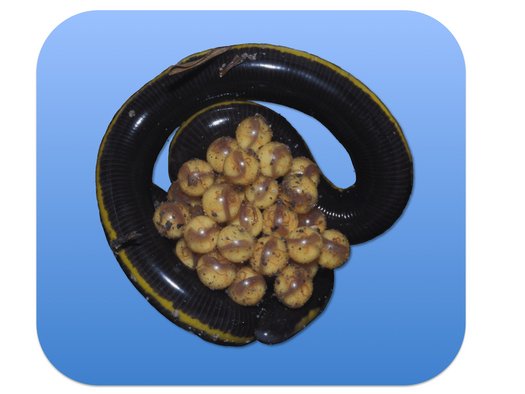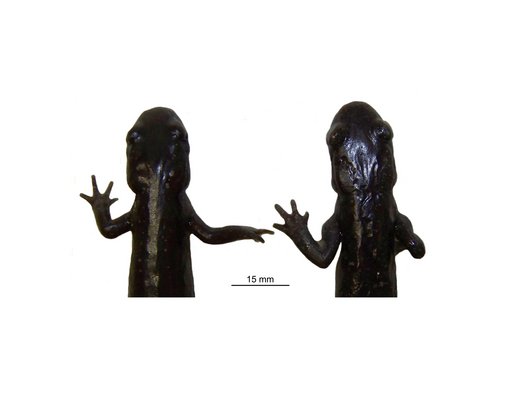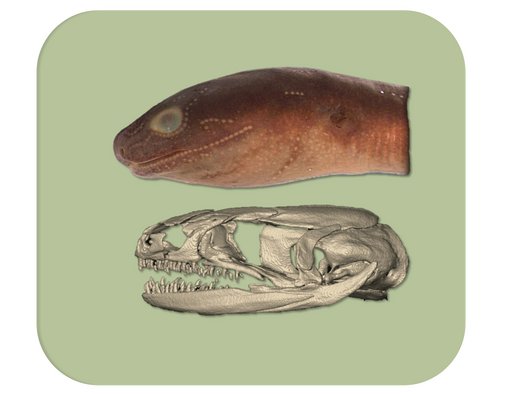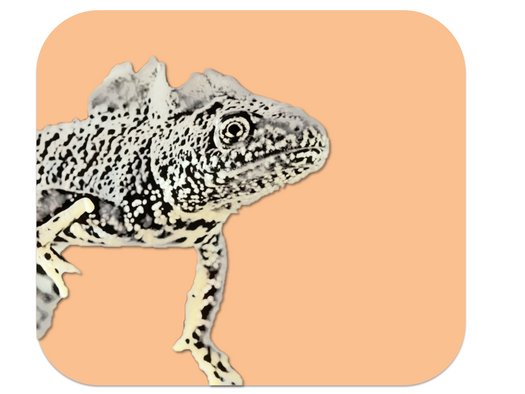Forschungsprofil
Meine Interessen liegen vor allem in der Erforschung der Lebensstrategien von Amphibien und Reptilien und deren Phylogenie (QT 1). Ein weiterer Interessenschwerpunkt ist die Ökologie der Herpetofauna im Südwesten Deutschlands (QT 2). Verschiedene Ansätze sowohl theoretische wie methodische (Rasterelektronenmikroskopie, Micro-CT, Histochemie, Stabile Isotopenanalyse und vergleichende phlogenetische Analysen) werden angewendet. Ein Großteil der Forschung basiert auf den umfangreichen Sammlungen am SMNS.
Herpetology is a discipline of zoology focusing on amphibians (caecilians, frogs and salamanders) but also on “reptiles” (turtles, crocodilians, amphisbaenians, lizards, snakes and sphenodontids). Herpetology usually refers to existant species of amphibians and reptiles, whereas paleoherpetology focuses on fossil taxa. Today’s research in herpetology is interdisciplinary and integrates ecology, morphology, evolutionary biology and phylogeny among other disciplines of zoology.




